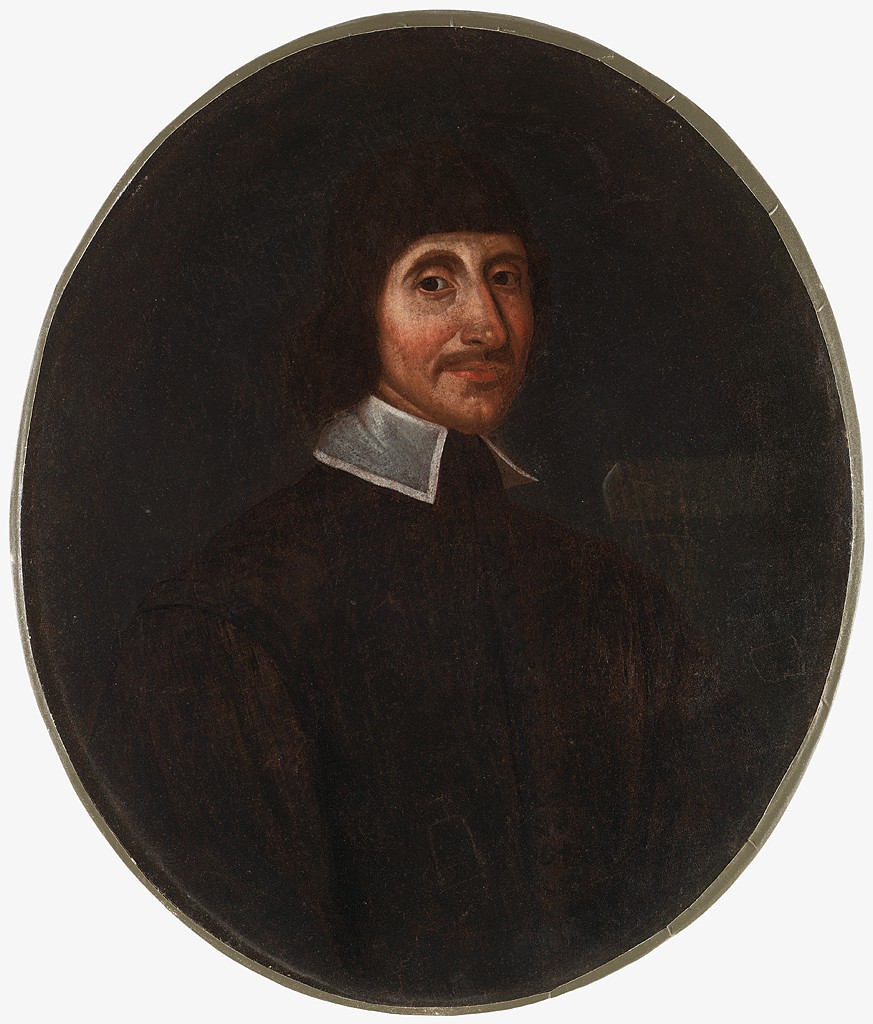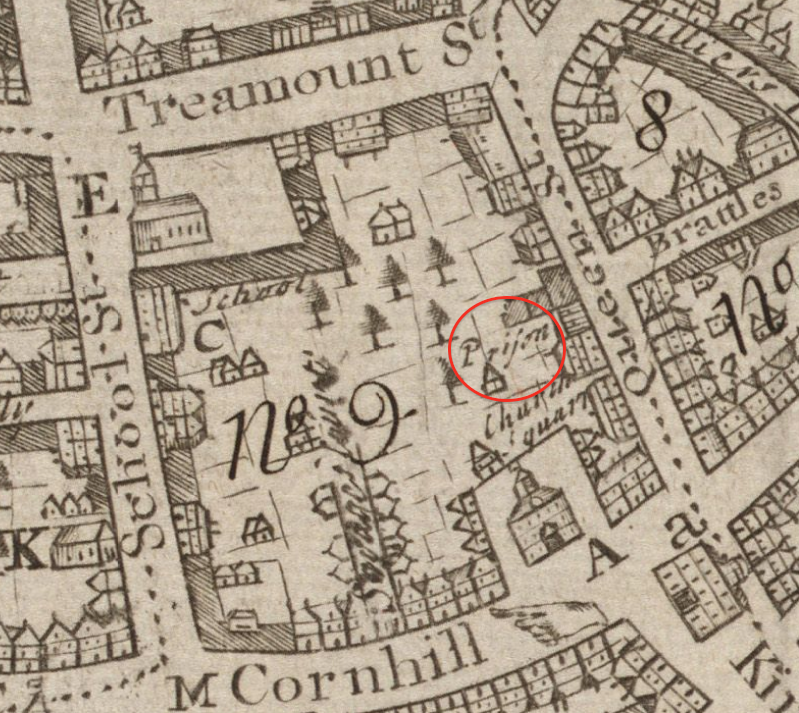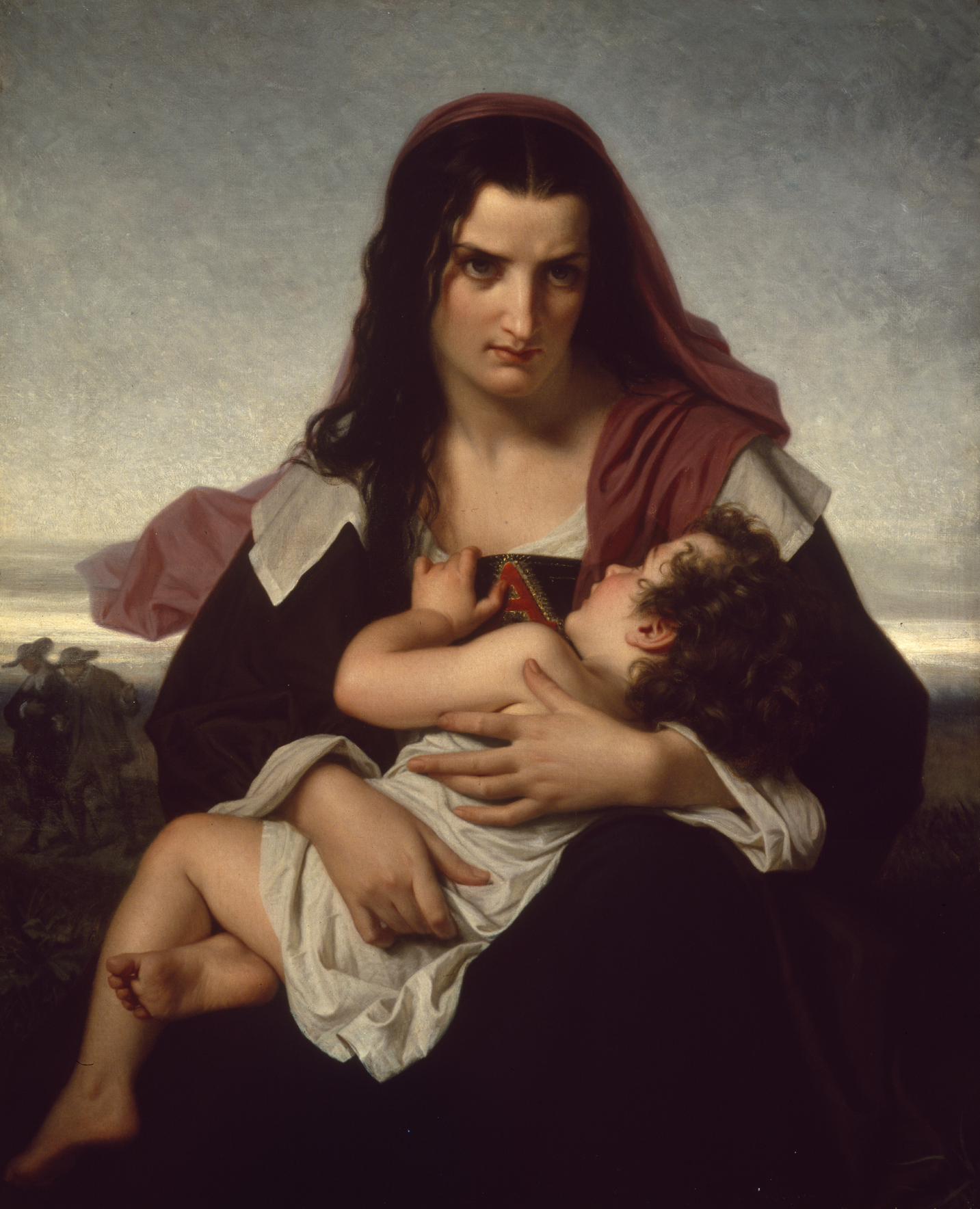|
Boston Watch
The Boston Watch, established in 1631, was the precursor to the Boston Police Department. History In 1631, Boston was a tiny Puritan settlement with approximately 175 residents. A watch was established on April 14 to patrol Boston Neck after sunset. Settler John Winthrop wrote in his journal at the time, "We began a court of guard upon the neck between Roxbury and Boston, whereupon should be always resident an officer and six men." It was agreed that "if any person fire off a piece after the watch is set, he shall be fined forty shillings, or be whipped." By 1634, the population had grown to about 400. In September, the town government was organized, consisting of nine selectmen and several other officers. William Chesebrough was elected Constable. The following May, the Boston Gaol (Massachusetts), Boston Gaol was built on Prison Lane (now Court Street (Boston), Court Street). The original building was made of wood, with barred windows. It is imaginatively described in the firs ... [...More Info...] [...Related Items...] OR: [Wikipedia] [Google] [Baidu] |
Boston Police Department
The Boston Police Department (BPD), dating back to 1854, holds the primary responsibility for law enforcement and investigation within the city of Boston, Massachusetts. It is the oldest municipal police department in the United States. The BPD is also the 20th largest law enforcement agency in the country.A Brief History of The B.P.D. City of Boston, Police Department (accessed 3 December 2009) History Pre-incorporation (1635–1828) Before the existence of a formal police department, the first night watch was established in Boston in 1635. In 1703, pay in the sum of 35 shillings a month was set for members of the night watch. In 1796, the watch was reorganized, and the watchmen carried a badge of office, a rattle, and a six-foot pole, which was pain ...[...More Info...] [...Related Items...] OR: [Wikipedia] [Google] [Baidu] |
Boston Neck
The Boston Neck or Roxbury Neck was an isthmus, a narrow strip of land connecting the then-peninsular city of Boston to the mainland city of Roxbury (now a neighborhood of Boston). The surrounding area was gradually filled in as the city of Boston expanded in population (see History of Boston). The land formerly composing the neck is part of the neighborhood now known as the South End. History The Boston Neck was originally about wide at normal high tide. The first wave of settlers built a wooden town gate and earthen wall on the neck in about 1631 to prevent attacks from natives and to keep out unwanted animals and people. The gate was constantly guarded and usually locked during certain times during the evening. No residents could enter or leave during that period. There was a wooden gallows located just outside the town gate. Burglars and pickpockets were commonly executed in those days, in addition to murderers. In colonial times, the Charles River marshes were north ... [...More Info...] [...Related Items...] OR: [Wikipedia] [Google] [Baidu] |
John Winthrop
John Winthrop (January 12, 1587/88 – March 26, 1649) was an English Puritan lawyer and one of the leading figures in founding the Massachusetts Bay Colony, the second major settlement in New England following Plymouth Colony. Winthrop led the first large wave of colonists from England in 1630 and served as governor for 12 of the colony's first 20 years. His writings and vision of the colony as a Puritan " city upon a hill" dominated New England colonial development, influencing the governments and religions of neighboring colonies. Winthrop was born into a wealthy land-owning and merchant family. He trained in the law and became Lord of the Manor at Groton in Suffolk. He was not involved in founding the Massachusetts Bay Company in 1628, but he became involved in 1629 when anti-Puritan King Charles I began a crackdown on Nonconformist religious thought. In October 1629, he was elected governor of the Massachusetts Bay Colony, and he led a group of colonists to the New ... [...More Info...] [...Related Items...] OR: [Wikipedia] [Google] [Baidu] |
William Chesebrough
William Chesebrough (c.1594–1667) was a farmer and trader in the colonies of Massachusetts and Connecticut. He was one of the four co-founders of Stonington, Connecticut, along with Thomas Stanton, Thomas Miner, and Walter Palmer. Chesebrough came to America in 1630 in the party accompanying John Winthrop John Winthrop (January 12, 1587/88 – March 26, 1649) was an English Puritan lawyer and one of the leading figures in founding the Massachusetts Bay Colony, the second major settlement in New England following Plymouth Colony. Winthrop led .... He was elected constable in Boston in 1634. In 1640 he moved to Braintree, Massachusetts. In 1649 he moved to the head of the Wequetequock Cove in present-day Stonington. Chesebrough and his wife Anna are buried in Stonington at the Wequetequock Cemetery. Notes External links *Stonington Historical Society In Search of the First Settlers [...More Info...] [...Related Items...] OR: [Wikipedia] [Google] [Baidu] |
Boston Gaol (Massachusetts)
The Boston Gaol (1635–1822) was a jail in the center of Boston, Massachusetts, located off Court Street, in the block bounded by School, Washington and Tremont Streets. It was rebuilt several times on the same site, before finally moving to the West End in 1822. Prisoners included Quakers, "witches," pirates, murderers, rebels, debtors, and newspaper editors. History "Opened in 1635, the Boston Gaol served as Massachusetts' sole prison for eighteen years. ... As settlers fanned out into the wilderness, organizing new townships as they went, local facilities for incarceration sprang up elsewhere." The Boston Gaol sat on Prison Lane (1634–1708), which became later known as Queen Street (1708–1788), and then Court Street (from 1788). Around 1689, "the old stone gaol on Prison Lane ad... outer walls ... of stone three feet thick, its unglazed windows barred with iron, 'the cells partitioned off with plank, the doors covered with iron spikes, the passage-ways like the dark vall ... [...More Info...] [...Related Items...] OR: [Wikipedia] [Google] [Baidu] |
Court Street (Boston)
Court Street (est. July 4, 1788) is located in the Financial District of Boston, Massachusetts. Prior to 1788, it was called Prison Lane (1634–1708) and then Queen Street (1708–1788). In the 19th century it extended beyond its current length, to Bowdoin Square. In the 1960s most of Court Street was demolished to make way for the construction of Government Center. The remaining street extends a few blocks, near the Old State House on State Street. Tenants of Court Street * Ames Building ;Former tenants * ''American Magazine of Useful and Entertaining Knowledge'' * Annin & Smith, 19th-century engravers * ''Boston Daily Advertiser'' * Boston Gaol (Massachusetts), 1635–1822 * Concert Hall (Boston, Massachusetts) * S.H. Gregory & Co., wallpaper, 1840s–1870s * Elias Howe Company * ''Independent Chronicle'' * Charles H. Keith, music & umbrellas, 1840s–1850s * Munroe & Francis, publishers * ''The New-England Courant'' * Palace Theatre * S.S. Pierce, grocer, 19th century ... [...More Info...] [...Related Items...] OR: [Wikipedia] [Google] [Baidu] |
The Scarlet Letter
''The Scarlet Letter: A Romance'' is a work of historical fiction by American author Nathaniel Hawthorne, published in 1850. Set in the Puritan Massachusetts Bay Colony during the years 1642 to 1649, the novel tells the story of Hester Prynne, who conceives a daughter with a man to whom she is not married and then struggles to create a new life of repentance and dignity. Containing a number of religious and historic allusions, the book explores themes of legalism, sin and guilt. ''The Scarlet Letter'' was one of the first mass-produced books in the United States. It was popular when first published and is considered a classic work of American literature. The novel has inspired numerous film, television, and stage adaptations. Critics have described ''The Scarlet Letter'' as a masterwork, and novelist D. H. Lawrence called it a "perfect work of the American imagination".Miller, Edwin Haviland. ''Salem is my Dwelling Place: A Life of Nathaniel Hawthorne''. Iowa City: University ... [...More Info...] [...Related Items...] OR: [Wikipedia] [Google] [Baidu] |
Nathaniel Hawthorne
Nathaniel Hawthorne (July 4, 1804 – May 19, 1864) was an American novelist and short story writer. His works often focus on history, morality, and religion. He was born in 1804 in Salem, Massachusetts, from a family long associated with that town. Hawthorne entered Bowdoin College in 1821, was elected to Phi Beta Kappa in 1824, and graduated in 1825. He published his first work in 1828, the novel '' Fanshawe''; he later tried to suppress it, feeling that it was not equal to the standard of his later work. He published several short stories in periodicals, which he collected in 1837 as '' Twice-Told Tales''. The following year, he became engaged to Sophia Peabody. He worked at the Boston Custom House and joined Brook Farm, a transcendentalist community, before marrying Peabody in 1842. The couple moved to The Old Manse in Concord, Massachusetts, later moving to Salem, the Berkshires, then to The Wayside in Concord. ''The Scarlet Letter'' was published in 1850, followed by a ... [...More Info...] [...Related Items...] OR: [Wikipedia] [Google] [Baidu] |
History Of Boston
The written history of Boston begins with a letter drafted by the first European inhabitant of the Shawmut Peninsula, William Blaxton. This letter is dated 7 September 1630 and was addressed to the leader of the Puritan settlement of Charlestown, Isaac Johnson. The letter acknowledged the difficulty in finding potable water on that side of Back Bay. As a remedy, Blaxton advertised an excellent spring at the foot of what is now Beacon Hill and invited the Puritans to settle with him on Shawmut. Boston was named and officially incorporated on September 30, 1630 (Old Style). The city quickly became the political, commercial, financial, religious and educational center of Puritan New England and grew to play a central role in the history of the United States. When harsh British retaliation for the Boston Tea Party resulted in further violence by the colonists, the American Revolution erupted in Boston. Colonists besieged the British in the city, fighting a famous battle at Breed' ... [...More Info...] [...Related Items...] OR: [Wikipedia] [Google] [Baidu] |
Timeline Of Boston
This article is a timeline of the history of the city of Boston, Massachusetts, USA. 17th century * 1625 – William Blaxton arrives. * 1630 - When Boston was founded ** English Puritans arrive. ** First Church in Boston established. ** September 7 (old style): Boston named. * 1631 – Boston Watch (police) established. * 1632 – Settlement becomes capital of the English Massachusetts Bay Colony. * 1634 ** Boston Common established. ** Samuel Cole opened the first tavern in Boston, Massachusetts on March * 1635 – Boston Latin School founded. * 1636 – Town assumes the prerogatives of appointment and control of the Boston Watch. * 1637 – Ancient and Honorable Artillery Company of Massachusetts founded. * 1638 ** ''Desiré'' slave ship arrives. ** Anne Hutchinson excommunicated. * 1644 – "Slaving expedition" departs for Africa. * 1648 – Margaret Jones hanged as a witch. * 1649 – Second Church established. * 1652 – "Hull Mint", Robert Sanderson and John Hull est ... [...More Info...] [...Related Items...] OR: [Wikipedia] [Google] [Baidu] |
17th Century In Boston
17 (seventeen) is the natural number following 16 and preceding 18. It is a prime number. Seventeen is the sum of the first four prime numbers. In mathematics 17 is the seventh prime number, which makes seventeen the fourth super-prime, as seven is itself prime. The next prime is 19, with which it forms a twin prime. It is a cousin prime with 13 and a sexy prime with 11 and 23. It is an emirp, and more specifically a permutable prime with 71, both of which are also supersingular primes. Seventeen is the sixth Mersenne prime exponent, yielding 131,071. Seventeen is the only prime number which is the sum of four consecutive primes: 2, 3, 5, 7. Any other four consecutive primes summed would always produce an even number, thereby divisible by 2 and so not prime. Seventeen can be written in the form x^y + y^x and x^y - y^x, and, as such, it is a Leyland prime and Leyland prime of the second kind: :17=2^+3^=3^-4^. 17 is one of seven lucky numbers of Euler which produ ... [...More Info...] [...Related Items...] OR: [Wikipedia] [Google] [Baidu] |






